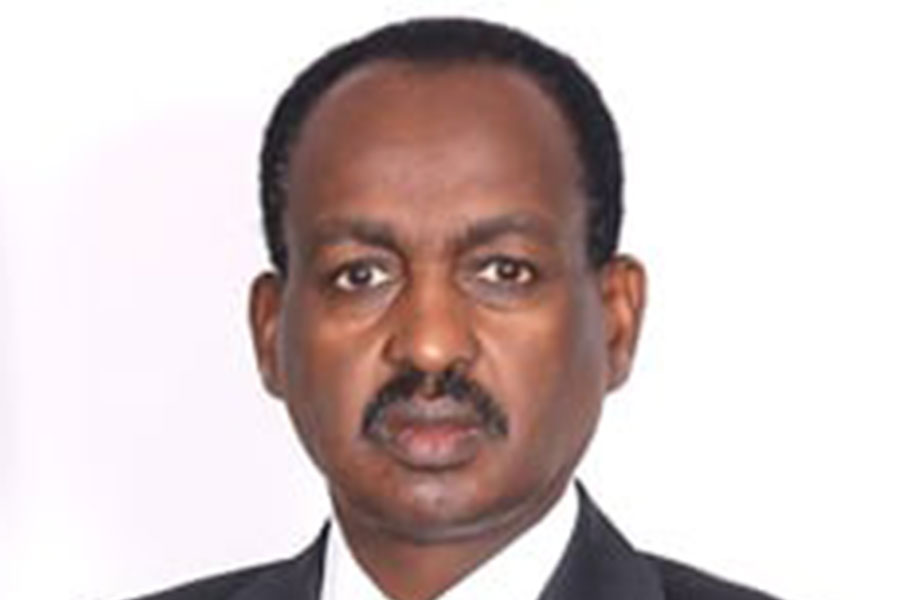
Fortune News | Mar 25,2023
Nov 14 , 2020
By BEMENET WONDEWOSSEN
The Ministry of Finance has approved a half-a-billion Birr budget for the construction of power substations and transmission lines for 13 industrial parks across the country. The power stations and transmission lines supply 411MW of power for the parks currently.
The Industrial Parks Development Corporation secured the funding to build the stations at Hawassa, Bole Lemmi I and II, Semera, Kilinto, Adama, Meqelle, Dire Dawa, Jimma, Debre Birhan, Bahir Dar, Kombolcha and ICT industrial parks. Of the 411MW, 230MW is permanent, while the remainder is a temporary power supply until the problem in the area is fixed.
Providing permanent electrical power to the industrial parks is the main objective of the Corporation, according to Behailu Kebede, communications head at the Corporation.
"For most of the industrial parks found in Ethiopia," said Behailu, "issues with the electric power supply impede effective production."
Out of the parks that are going to benefit from the project, Bole Lemmi II and Kilinto are industrial parks that are at the pre-operation stage, while Semera Industrial Park is still under construction.
Ethiopian Electric Utility (EEU) will analyse the productivity and power consumption of the parks and decide on whether to make this additional supply permanent, according to Behailu.
Investments that are operating in the industrial parks and outside of the parks mention shortages and unstable power supply as a challenge for effective operations.
Currently, the country has 4,064MW of power capacity from hydro, 324MW from wind and 25MW from a waste-to-energy plant. However, there is a 21pc power loss in the electrical system, while nearly 60pc of the population is offline.
Fulfilling the need for electrical power in the industrial parks is imperative, and what these parks are currently consuming for their production is not even close to what is needed, according to Behailu.
"The building of substations and power transmission lines will be done in phases," he said.
Two years back, China and Ethiopia signed the Ethio-China Mega Power Agreement. The Agreement was signed as part of the second Belt & Road Forum for International Cooperation held in Beijing. In April 2019, the State Grid Corporation of China (SGCC) and Ethiopian Electric Power (EEP) signed a partnership that involves 1.8 billion dollars of investment for the construction of power infrastructure.
However, the SGCC pulled out, with its insurance company citing Ethiopian debt stress levels as a reason for backing out of the deal. EEP then managed to secure 50 million dollars from the Ministry of Finance for the building of substations and transmission lines for six industrial parks. The agro-industrial parks that EEP will be working on are Bulbula in Oromia, Bure in Amhara, Baeker in Tigray, and Yergalem in Southern Nations Nationalities & People's regional states.
These industrial parks have already completed construction and are waiting for electrical power, according to Ashebir Balcha, CEO of EEP.
Over the next two weeks, EEP will float tenders for the construction of the substations and transmission lines for agro-processing industrial parks.
The power supply for the costly industrial parks is low, according to Tigabu Atalo, an independent power consultant.
For example, Bahir Dar Industrial Park, inaugurated by the Prime Minister last month, is still out of power, and there is no production, according to him.
Activities in providing sustainable electrical power are appreciable, but at the same time, the industrial parks must also search for other sources of power like solar, according to Tigabu.
"These industrial parks have enough space to establish their own solar power systems," he said.
PUBLISHED ON
Nov 14,2020 [ VOL
21 , NO
1072]

Fortune News | Mar 25,2023

Radar | Dec 07,2019

Radar | Mar 23,2019

Fortune News | Dec 28,2019

Radar | Feb 15,2020

Dec 22 , 2024 . By TIZITA SHEWAFERAW
Charged with transforming colossal state-owned enterprises into modern and competitiv...

Aug 18 , 2024 . By AKSAH ITALO
Although predictable Yonas Zerihun's job in the ride-hailing service is not immune to...

Jul 28 , 2024 . By TIZITA SHEWAFERAW
Unhabitual, perhaps too many, Samuel Gebreyohannes, 38, used to occasionally enjoy a couple of beers at breakfast. However, he recently swit...

Jul 13 , 2024 . By AKSAH ITALO
Investors who rely on tractors, trucks, and field vehicles for commuting, transporting commodities, and f...

Oct 25 , 2025
The regulatory machinery is on overdrive. In only two years, no fewer than 35 new pro...

Oct 18 , 2025
The political establishment, notably the ruling party and its top brass, has become p...

Oct 11 , 2025
Ladislas Farago, a roving Associated Press (AP) correspondent, arrived in Ethiopia in...

Oct 4 , 2025
Eyob Tekalegn (PhD) had been in the Governor's chair for only weeks when, on Septembe...